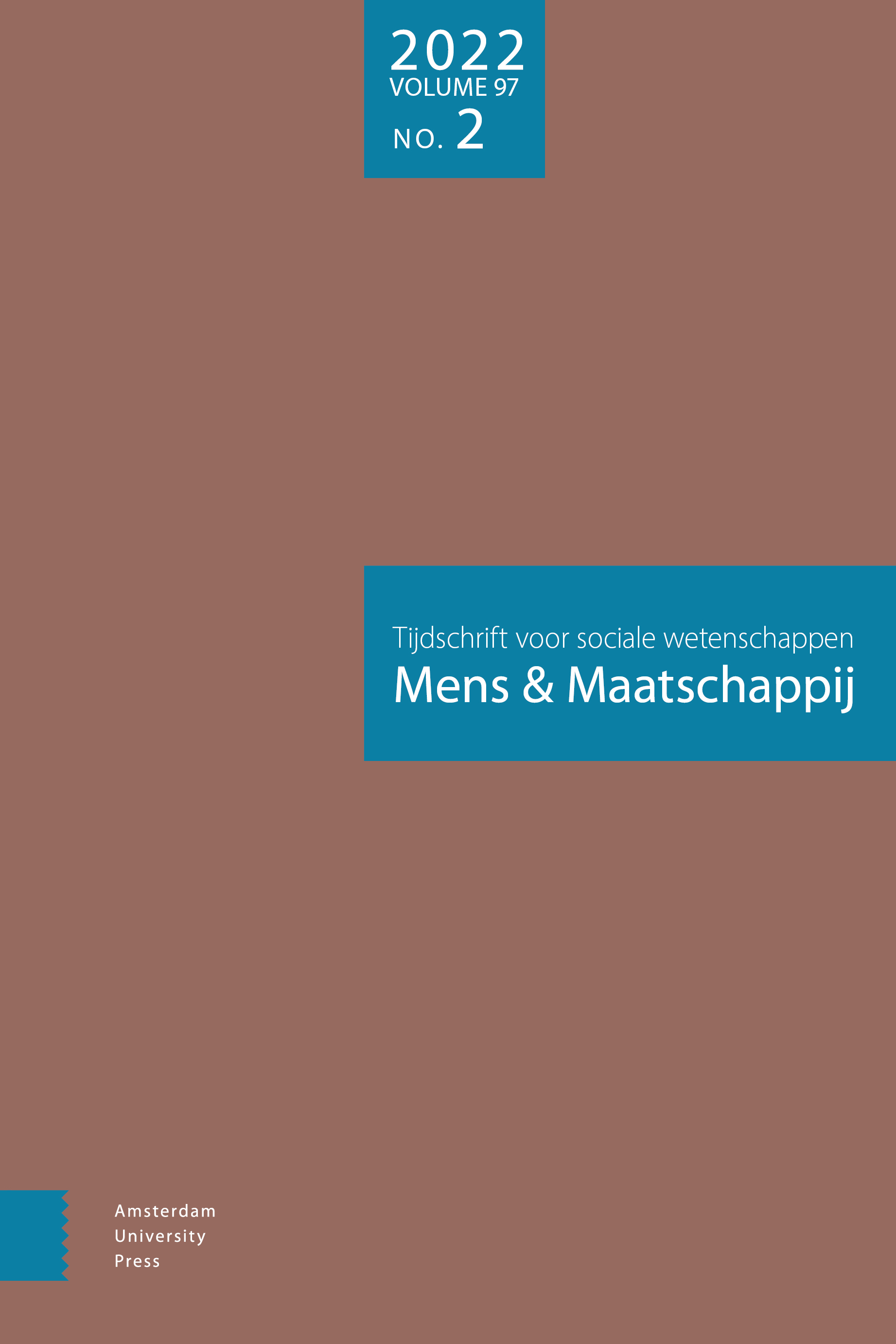-
oa De ervaringen van jonge statushouders met de schoolsluiting vanwege COVID-19
Een kwalitatieve studie naar toenemende ongelijkheid in de onderwijspositie van jongeren uit Syrië in Rotterdam
- Amsterdam University Press
- Source: Mens & Maatschappij, Volume 96, Issue 3, Sep 2021, p. 385 - 410
-
- 01 Sep 2021
Abstract
The experiences of refugee youth with school closure due to COVID-19: A qualitative study on increasing educational inequality of young people from Syria in Rotterdam
This paper focusses on the experiences of Syrian refugee youth in Rotterdam with the first school closure (spring 2020), due to COVID-19 policy measures. Based on repeated qualitative interviews with 19 boys and girls – before, during and after the school closure – we examine how Syrian refugee youth have experienced the school closure, and how this influence their educational position by using the four central tasks of education of Van de Werfhorst and Mijs (2010). Syrian refugee youth in our study emphasize that online education is more difficult to understand and stress they miss their friends at school. Moreover, their circumstances at home are not ideal for online learning, and therefore reaching the appropriate level of education becomes harder. This paper highlights the importance of the social aspect of education. Whereas going to school normally also stimulate friendships and their socialization in Dutch society, the school closure makes this more challenging. Especially for refugee youth school has extra relevance for reasons of e.g. mental health, resiliency, and socialization. Through our case studies, we argue that the school closure contributes to an accumulation of risks and inequalities. We conclude that the school closure will likely increase educational inequality for young people with a refugee background and makes their educational position more vulnerable.


